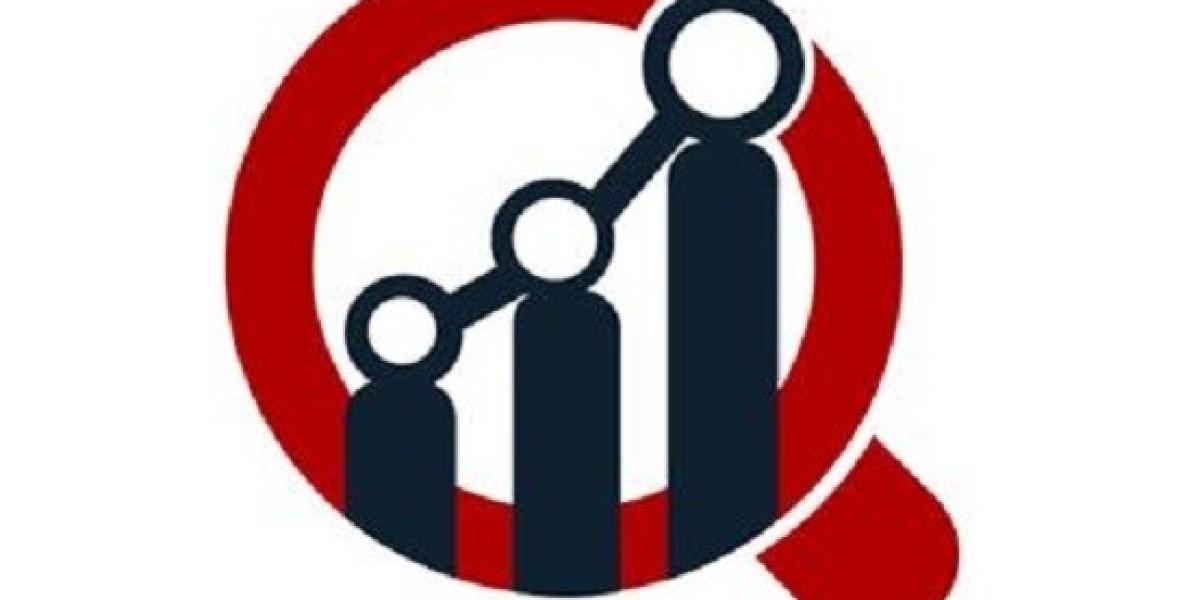The Immunofluorescence Assay Market is gaining remarkable momentum as the demand for advanced diagnostic tools and accurate disease detection methods continues to rise globally. This technique, which relies on the use of fluorescent-labeled antibodies to identify specific antigens in biological samples, has become an essential component of medical diagnostics, pharmaceutical research, and biotechnology studies. According to Market Research Future (MRFR), the market is expected to witness substantial expansion driven by technological advancements, growing prevalence of chronic and infectious diseases, and increasing investments in life science research.
In recent years, immunofluorescence assays have evolved from being niche laboratory tools to becoming indispensable in modern healthcare diagnostics. The rising incidence of autoimmune diseases such as rheumatoid arthritis, lupus, and multiple sclerosis has significantly boosted the adoption of immunofluorescence-based testing in clinical laboratories. Furthermore, the growing emphasis on early disease diagnosis and personalized medicine has encouraged healthcare providers to incorporate advanced immunoassay techniques that offer precise and reliable results.
One of the key drivers influencing market growth is the surge in research and development activities across pharmaceutical and biotechnology sectors. Researchers are increasingly utilizing immunofluorescence assays to study protein interactions, detect biomarkers, and understand cellular processes at the molecular level. The integration of automation, digital imaging systems, and artificial intelligence in laboratory diagnostics has also enhanced assay accuracy, throughput, and reproducibility. These innovations are transforming traditional laboratory workflows into more efficient, high-throughput diagnostic processes.
From a regional perspective, North America currently leads the Immunofluorescence Assay Market, attributed to strong research infrastructure, increasing healthcare expenditure, and the presence of major biotechnology and diagnostic firms. Europe follows closely, supported by rising government funding for healthcare research and advancements in molecular diagnostics. Meanwhile, the Asia-Pacific region is emerging as a lucrative market, driven by a growing patient pool, improved laboratory capabilities, and expanding awareness about early disease detection. Countries such as China, India, and Japan are witnessing significant growth due to the rapid expansion of healthcare facilities and the increasing adoption of advanced diagnostic technologies.
On the product front, the market is segmented into reagents, kits, antibodies, instruments, and consumables. Among these, reagents and antibodies hold a dominant share due to their extensive use in research and diagnostic procedures. The availability of ready-to-use assay kits and automated systems is also streamlining laboratory testing, reducing turnaround times, and improving diagnostic accuracy. Technological innovation in fluorescence microscopy, image analysis software, and multiplexing capabilities is further propelling the efficiency and reliability of immunofluorescence testing.
Another major factor fueling the market is the rising prevalence of infectious diseases such as COVID-19, tuberculosis, and influenza. The pandemic underscored the importance of precise diagnostic tools for pathogen detection and immune response monitoring. Immunofluorescence assays played a pivotal role in understanding viral mechanisms and antibody responses during clinical studies, further solidifying their importance in global health research.
Despite its promising growth trajectory, the Immunofluorescence Assay Market faces certain challenges, including high instrument costs, stringent regulatory standards, and the need for skilled laboratory personnel. However, continuous training programs, government initiatives, and the integration of automated systems are expected to mitigate these challenges over time. The growing focus on point-of-care diagnostics and the expansion of telemedicine are also expected to create new opportunities for market players.
In conclusion, the Immunofluorescence Assay Market research by Market Research Future highlights a sector on the brink of significant expansion. With ongoing technological progress, growing clinical applications, and increasing investments in healthcare diagnostics, this market is poised for dynamic growth in the coming years. As precision medicine and biomarker discovery continue to evolve, immunofluorescence assays will remain a cornerstone of modern diagnostic innovation—bridging the gap between laboratory science and real-world healthcare solutions.








